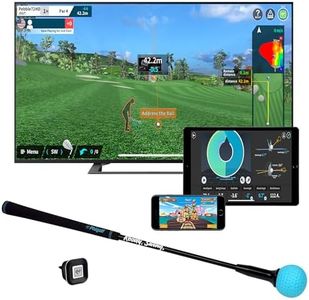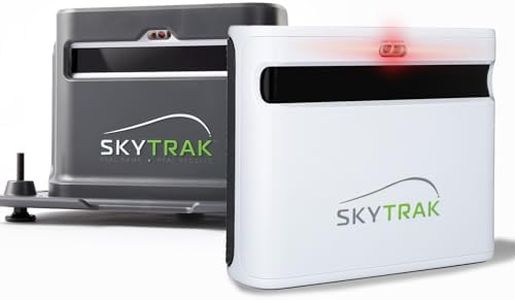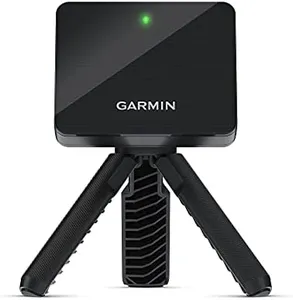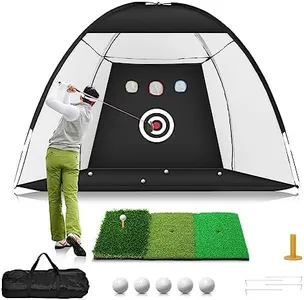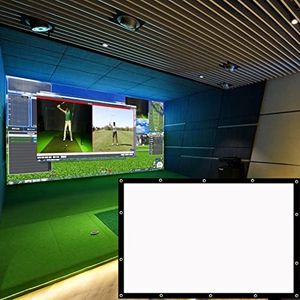We Use CookiesWe use cookies to enhance the security, performance,
functionality and for analytical and promotional activities. By continuing to browse this site you
are agreeing to our privacy policy
10 Best Indoor Golf Simulators
From leading brands and best sellers available on the web.Recommended lists
Buying Guide for the Best Indoor Golf Simulators
Choosing the right indoor golf simulator can transform your practice sessions, entertainment, or lessons at home. With a range of options available, from compact setups to realistic, immersive systems, it's important to consider your available space, the experience you want, and how you'll use the simulator. Factors like accuracy, software options, and ease of installation play a big role in finding what fits for you. Knowing the key features will help you compare models and decide which simulator will best support your goals, whether that's skill improvement, family fun, or playing famous courses virtually.Sensor TechnologySensor technology refers to how the simulator tracks your swing and ball movement. It could be high-speed cameras, radar, infrared, or optical sensors, all aimed at capturing swing speed, ball direction, and spin. Higher-end technologies usually provide more accuracy and realism, which is essential if you want a true-to-life golf experience or precise feedback for improvement. If you're looking mainly for fun or casual use, basic sensor options might suffice; but for training or detailed analysis, investing in a system with advanced tracking is worth considering.
Space RequirementsSpace requirements are about how much room you'll need for both the simulator's hardware and a comfortable swing. Systems vary from compact nets with simple tracking to full enclosures with screens and projectors. Always measure your available area, considering ceiling height, width, and depth. Smaller areas might limit full swings or club use, while bigger spaces allow for a more immersive setup. Your choice depends on both your room size and how authentically you want to replicate the game.
Software FeaturesSoftware features cover what the simulator lets you do—like playing on virtual courses, seeing swing analysis, and participating in games or skill challenges. Basic software might offer a few practice modes, while more advanced options include real-world course simulations, multiplayer functions, and deep analytics. If your main goal is fun and variety, broad course selection and mini-games are useful. For improvement, look for detailed stats and training tools. Think about how you'll use the simulator most often and choose one with software that matches your interests.
Display TypeThe display is how you'll see your shots and the virtual course. Options range from small monitors and tablets to large projected screens that recreate a life-sized course view. Bigger, higher-quality displays deliver a more immersive experience but also require more space. If realism and a ‘wow’ factor matter to you, opt for a larger screen or projector. For casual practice or smaller rooms, a regular screen does the job and is easier to set up.
PortabilityPortability refers to how easily you can move or store the simulator system. Some simulators are designed for permanent installation, while others can be set up and taken down quickly. If you need to use the space for other things or plan to transport the setup, look for lightweight, modular systems. Permanent installations suit those who want a dedicated golf room or do frequent, regular practice.
Club and Ball CompatibilityNot all simulators let you use real clubs and balls. Some require soft balls or special clubs to prevent damage or work with sensors. Using your own gear offers better practice and comfort but may require more durable or complex simulator hardware. If realism and skills transfer are priorities, make sure the system supports real clubs and balls. Otherwise, lightweight or plastic equipment may suffice if safety and flexibility are more important.
